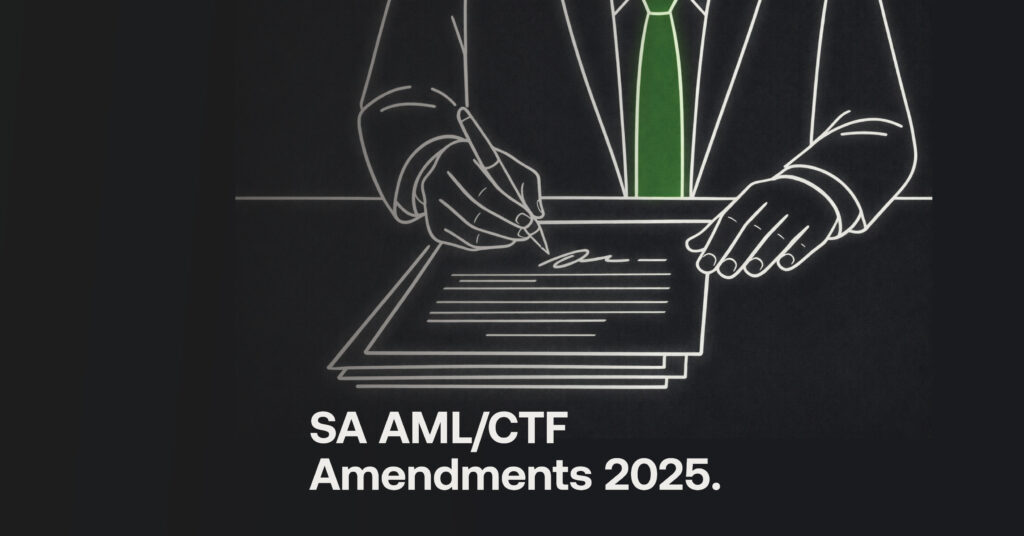Adverse media screening: Bad news for the bad guys

Table of Contents
They say bad news travels fast. While this may be so, for financial institutions, conducting an accurate adverse media check can, at times, feel akin to separating the wheat from the chaff.
Also known as negative news screening, adverse media screening protocol is all about sourcing bad news or negative information on new and existing customers. Such compliance regulation focuses on mitigating business risk to financial enterprises in the face of rising fraud and money laundering.
It is the ‘signal-to-noise’ aspect of this practice that becomes tricky, given the complexity of today’s media fragmentation and reliability.
The sheer volume of daily global content is staggering, from news articles and blog posts to niche forums and social media. Add to this the difficulty in ensuring that your customer really is the individual described in a suspicious or criminal act and catching the bad guy becomes a feat indeed.
Adverse Media Screening Tools
Fortunately, adverse media screening tools have changed dramatically in recent years, with artificial intelligence (AI) leading the way. The result is a next-generation AML solution that renders accurate results and deeper insights, so that companies can make informed risk-adjusted decisions when onboarding customers. Let’s jump into the details.
- Adverse media screening isn’t an optional extra. It’s mandated from a compliance perspective for financial institutions, falling under KYC (know your customer) and AML regulation.
Traditionally a time and money drain, adverse media checks were, and still sadly often are, performed manually across multiple databases and search engines. The objective is to identity those customers involved in such activities as terrorism, drug and human trafficking, financial crimes, and environmental and social breaches, amongst others.
Today, the process looks very different, where, for instance, our end-to-end AML solution applies a heavy dose of machine intelligence to smarten things up.
- As a first step in the KYC process, customer due diligence is the starting point. At this stage, the application of AI is rather formulaic. A default calculation is conducted against basic client information, such as home country, industry specifics and source of income, to name a few.
- The aim is to identify potentially risky clients, who will then undergo enhanced due diligence. It is here that adverse media screening fits in, forming part of this check.
- AI has taken this process from a manual nightmare to a swift and reliable means of flagging adverse media about your clients. Thousands of global sources, from mainstream to niche, can be scanned continuously, instantly pulling up news that is relevant. Once an upfront compliance practice with annual updates, adverse media screening is now about active risk management in real-time.
The issue of precision and recall is also of pertinence. Precision measures the relevant instances of negative news against the negative news supposedly retrieved about an individual. In other words, precision looks at how much of the adverse media flagged about a client is actually accurate.
Recall, on the other hand, deals with the proportion of adverse media identified about a particular customer in relation to the total adverse media out there on that client. It’s about gauging the information that was missed.
Ultimately, an AML solution must maximise both precision and recall. It is not enough to have high recall, or source all the adverse media on a particular client, but have low precision, meaning there’s also a plethora of news that ends up not being relevant to your client. Such a case would require sifting through the noise, which is costly and time-consuming.
When investing in AI-driven adverse media screening, you need an AML software suite that minimises false positives based on incorrect identities and matching names.
The sentiment of media items also needs to be appropriate, as returning good news, unfortunately, is not useful in this case. Leveraging machine learning (ML) and natural language processing (NLP) ensures the optimisation of precision and recall, while accurately gauging sentiment. It is this delicate balance which our screening solution guarantees, prioritising those items most relevant for company risk management strategies.
It’s about pinpointing the right customer as portrayed in the wrong light, according to a trusted source, where such updates take place in real-time.
In an age where AI really has the power to transform industries, relying on our adverse media suite is one way to keep your own business from being adversely splashed across the media unawares.
Disclaimer
This article is intended for educational purposes and reflects information correct at the time of publishing, which is subject to change and cannot guarantee accurate, timely or reliable information for use in future cases.


